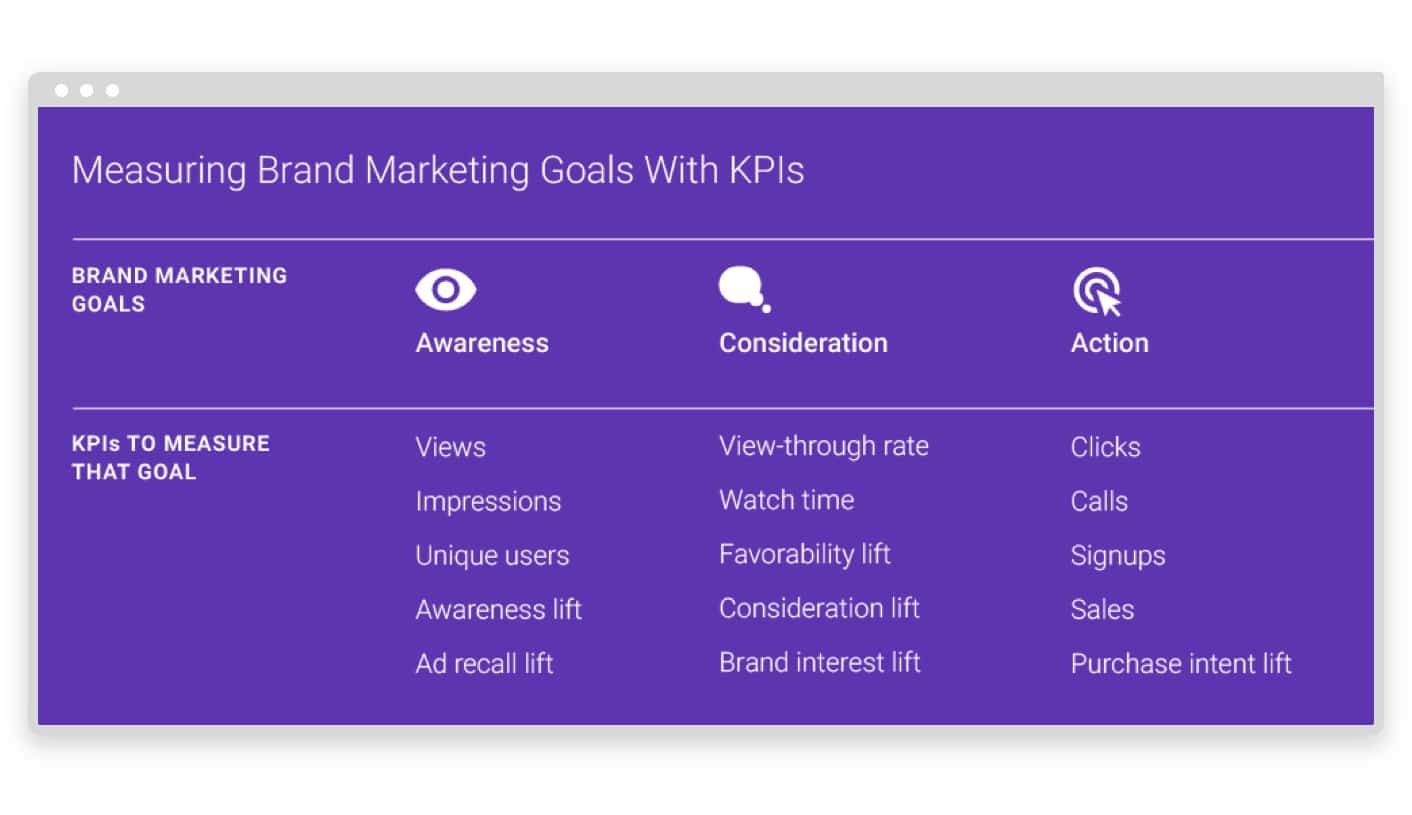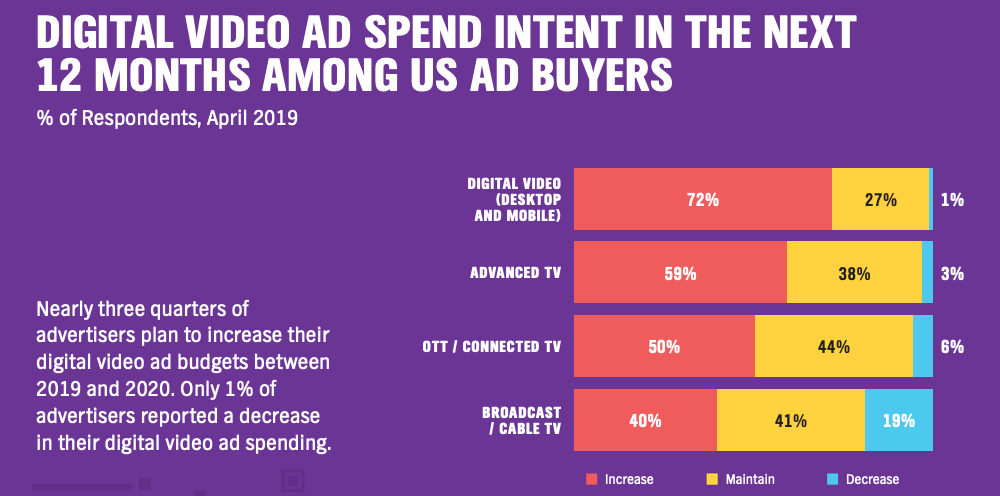
Video advertising is a powerful tool for engaging audiences and driving conversions, but understanding its effectiveness requires a strategic approach to measurement. By analyzing key metrics and using the right tools, you can gain valuable insights into how your video ads are performing and optimize them for better results. Here’s a guide to help you measure the impact of your video ads effectively.
1. Identify Key Performance Metrics
View Count
Why It Matters: View count is the most basic metric for measuring how many times your video ad has been watched. It provides an initial indication of reach and exposure.
- Platform Insights: Different platforms may count views differently, so it’s important to understand what constitutes a view on the platform you’re using.
- Benchmarking: Use view counts to compare the performance of different video ads within the same campaign.
Engagement Rate
Why It Matters: Engagement rate measures how viewers interact with your video ad, including likes, shares, comments, and clicks. High engagement indicates that your content resonates with the audience.
- Social Media Metrics: Track likes, shares, and comments on platforms like Facebook, Instagram, and YouTube.
- Click-Through Rate (CTR): Measure the percentage of viewers who clicked on a call-to-action (CTA) within your ad.
Improving Engagement: To boost engagement, ensure your video content is relevant, compelling, and encourages interaction. Use strong CTAs to guide viewer actions.
Watch Time and Completion Rate
Why It Matters: Watch time measures the total amount of time viewers spend watching your video, while completion rate indicates the percentage of viewers who watched your ad to the end.
- Retention Analysis: High watch time and completion rates suggest that your video ad is engaging and holding viewers’ attention.
- Drop-Off Points: Analyze where viewers tend to drop off to identify areas for improvement in your content.
Optimizing for Completion: Create captivating openings to hook viewers from the start, and ensure your message is clear and concise to maintain interest throughout the ad.
Conversion Rate
Why It Matters: Conversion rate measures the percentage of viewers who took a desired action after watching your video ad, such as making a purchase, signing up for a newsletter, or downloading an app.
- Direct ROI: Conversion rate is a critical metric for determining the return on investment (ROI) of your video ad campaigns.
- Attribution Models: Use attribution models to understand which video ads contribute most to conversions.
Enhancing Conversions: Ensure your video ad includes a strong and clear CTA, and consider offering incentives to encourage viewers to take action.
2. Utilize Advanced Analytics Tools
Google Analytics
Tracking Performance: Google Analytics allows you to track the performance of video ads by integrating them with your website data.
- User Behavior: Analyze how users interact with your site after viewing a video ad, including bounce rates, session duration, and pages visited.
- Goal Tracking: Set up goals in Google Analytics to measure specific actions, such as form submissions or purchases, resulting from video ad views.
Comprehensive Insights: Google Analytics provides a holistic view of your video ad’s impact on overall website performance and user engagement.
Social Media Insights
Platform Analytics: Each social media platform offers its own set of analytics tools to measure video ad performance.
- Facebook Ads Manager: Track metrics such as impressions, reach, engagement, and conversions for video ads on Facebook and Instagram.
- YouTube Analytics: Use YouTube Analytics to monitor watch time, engagement, and audience retention for your video ads.
Custom Reports: Most platforms allow you to create custom reports tailored to your specific campaign objectives and KPIs.
Third-Party Tools
Comprehensive Solutions: Third-party analytics tools like HubSpot, Vidyard, and Wistia offer advanced features for tracking and analyzing video ad performance across multiple platforms.
- Lead Generation: Some tools integrate with CRM systems to track video ad performance in terms of lead generation and nurturing.
- In-Depth Analysis: These tools often provide more granular data, such as heatmaps showing viewer engagement at different points in the video.
Choosing the Right Tool: Select a tool that aligns with your campaign goals and provides the level of detail needed to optimize your video ad strategy.
3. Assess the ROI of Your Video Ad Campaigns
Cost-Per-View (CPV) and Cost-Per-Click (CPC)
Why It Matters: CPV and CPC are essential for understanding the cost-effectiveness of your video ad campaigns.
- CPV: Measures the cost of each view your video ad receives, helping you assess the efficiency of your ad spend.
- CPC: Measures the cost of each click generated by your video ad, providing insight into how well your ad drives engagement and action.
Balancing Costs: Aim to balance CPV and CPC with other performance metrics like engagement and conversion rates to ensure your ad spend is delivering value.

How to Measure the Impact of Your Video Ads
Return on Investment (ROI)
Why It Matters: ROI measures the overall effectiveness of your video ad campaigns by comparing the revenue generated to the costs incurred.
- Revenue Attribution: Determine how much revenue can be directly attributed to your video ads, using attribution models to allocate credit across different channels.
- Budget Optimization: Use ROI analysis to optimize your ad spend, focusing on the video ads and channels that deliver the highest returns.
Maximizing ROI: Continually test and refine your video ad content, targeting, and placement to maximize the return on your investment.
4. Conduct A/B Testing for Continuous Improvement
Testing Different Variations
Why It Matters: A/B testing involves creating multiple versions of your video ad and testing them against each other to determine which performs best.
- Content Variations: Test different video lengths, messaging, visuals, and CTAs to see which combination drives the most engagement and conversions.
- Audience Segmentation: Test different target audiences to identify which segments respond most positively to your video ads.
Data-Driven Decisions: Use the insights gained from A/B testing to make data-driven decisions about how to optimize your video ad campaigns.
Analyzing Results
Performance Comparison: Compare the performance of each variation based on key metrics such as engagement, conversion rate, and ROI.
- Statistical Significance: Ensure that the results of your A/B tests are statistically significant before making decisions based on the data.
- Iterative Testing: Continuously test and refine your video ads to improve performance over time.
Optimization Strategies: Use the insights from A/B testing to optimize your video ads for better performance, higher engagement, and increased conversions.
Conclusion
Measuring the impact of your video ads is essential for understanding their effectiveness and optimizing your campaigns for better results. By focusing on key performance metrics, utilizing advanced analytics tools, assessing ROI, and conducting A/B testing, you can gain valuable insights into your video ad performance and make data-driven decisions to enhance your advertising strategy. As video continues to play a central role in digital marketing, mastering these measurement techniques will help you stay ahead of the competition and achieve your campaign goals.
